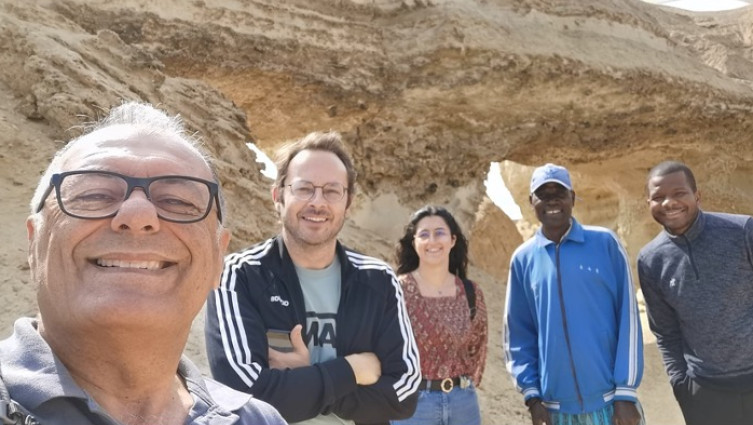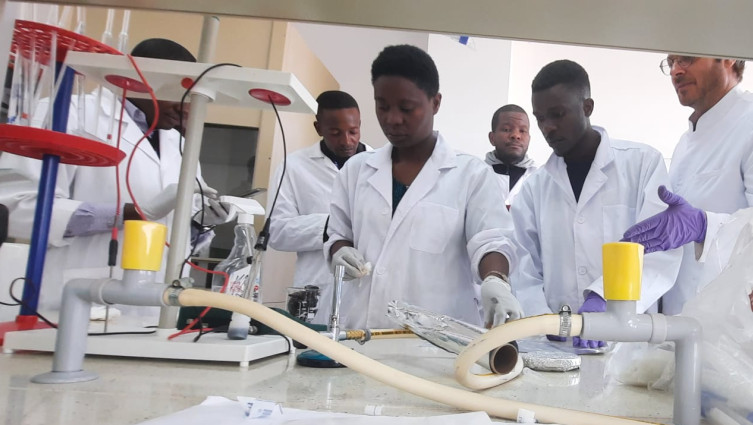We went to study the bivalves of Namibe
Our researchers João Cardoso, Adelino Canário and Inês Leal went to Namibe, in Angola, to study the threats and possible contamination of the bivalves of that region.
Here is the "postcard" they sent us:
Why did you go to Angola?
We went to Namibe for our second sampling field trip of the project HeathyBi4Namibe that aims to characterise the potential threats to bivalve quality and safety for consumption in this region where food insecurity is high. Bivalves are a rich and sustainable source of nutrients for humans but if they are collected from contaminated/polluted areas they are main drivers of food poisoning. In Angola most bivalves consumed come directly from the environment and no proper quality security monitoring exist which increases the risk of seafood poisoning. We aim that in the future the project will create opportunities for sustainable development of bivalve mariculture in the region to increase food quality and safety and to stimulate the local economy and employment.
What were the highlights of our visit?
During our second visit we have initiated for the first time at the University of Namibe (UNINBE) classical microbiology protocols that are used for food security assessment and initiated the implementation of the Food Microbiology Lab at the facilities. At long term this will provide UNINBE with tools to implement this area of research and to use knowledge to provide services for food quality surveillance and security to the local industry which is non-existent in this province. Besides we had the opportunity to go to two local schools and have direct contact with the middle and high school students where we talked about our project and they were very excited and happy to have us there.
Establish partnerships and exchange knowledge
Within HeathyBi4Namibe interchange of staff between CCMAR and UNINBE it is planned to stimulate capacity building, trough training and knowledge exchange.





